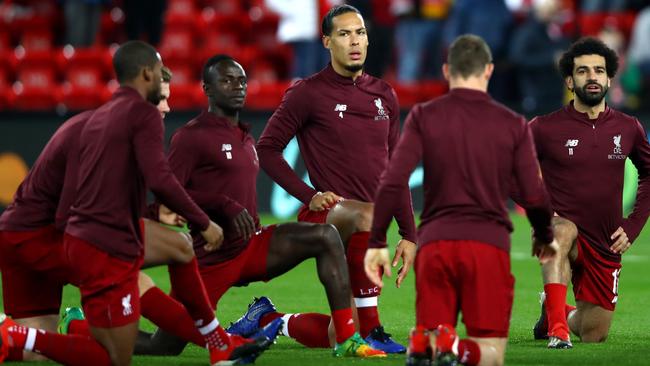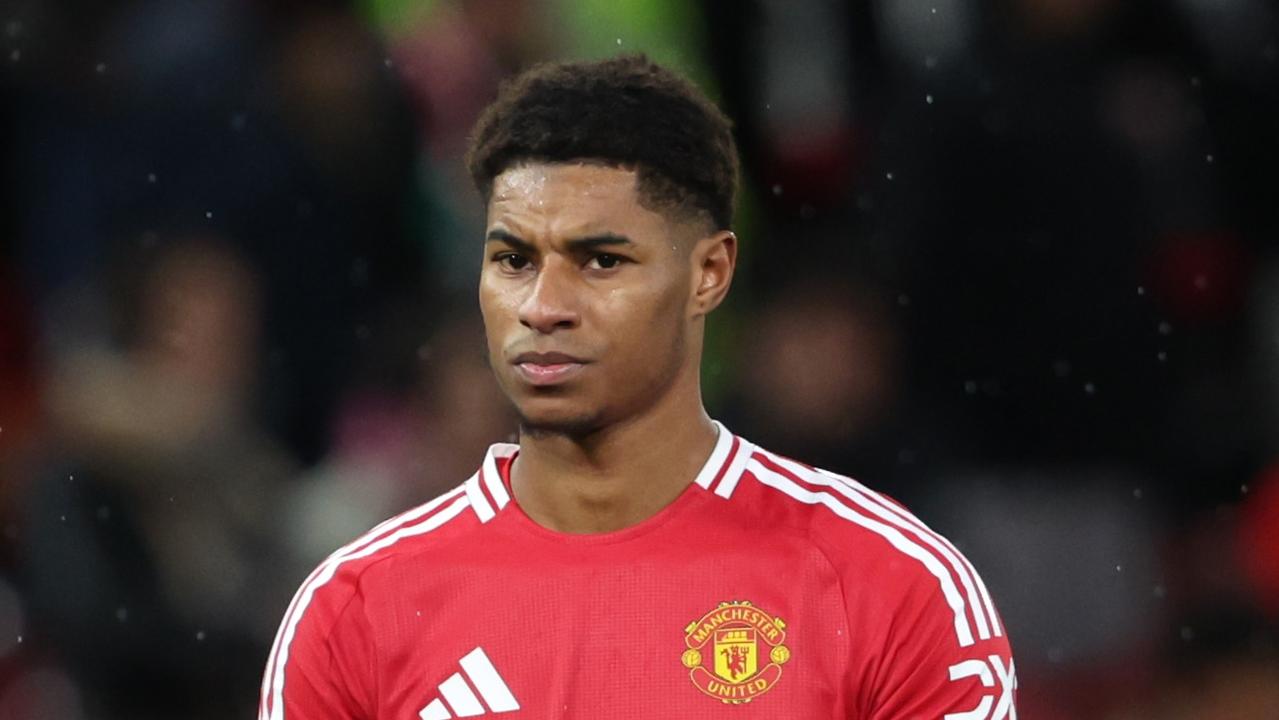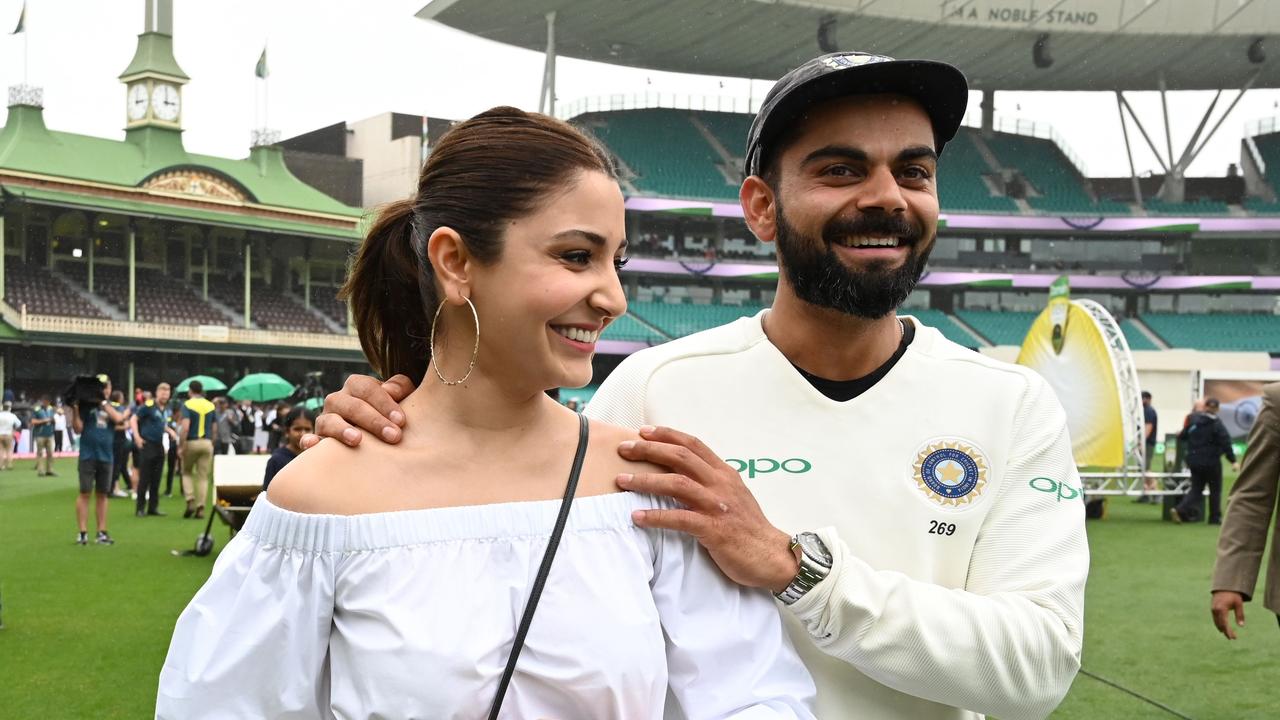Premier League: Virgil van Dijk the defender Liverpool couldn’t afford not to sign
Virgil van Dijk stands as the player that Liverpool could not afford not to sign; his arrival raising parallels with the past.

Liverpool’s board of directors sat in session, the sheer cost of a potential signing raising eyebrows and leaving foreheads furrowed. It was early May 1961 and Bill Shankly had identified a young Scottish talent, Ian St John, as the player to improve the fortunes of a club who were idling in the old second division.
The price tag of £37,500 would represent a club record and there was consternation at the prospect of such an outlay until one of the directors, Eric Sawyer, called for the purse strings to be loosened. Responding to a dissenting voice, which claimed that the transfer was just too expensive, Sawyer simply said: “We can’t afford not to sign him.”
To Shankly’s great delight the deal was done. The rest is history. St John became a stalwart of a team that quickly won promotion and, under Shankly, claimed three League titles and two FA Cups.
Fast forward to the modern day and Virgil van Dijk stands as the player that Liverpool could not afford not to sign; the defender’s arrival a year ago raising parallels with the past even if there are also subtle differences.
This time it was not the directors but rather the manager who had to be convinced of the merits of lavishing a landmark fee to sign a defender. The sporting director, Michael Edwards, and Mike Gordon, president of owners Fenway Sports Group, were pushing to spend £70 million on the Southampton centre back in the belief that he could make the difference.
While Jurgen Klopp had no doubts as to the Dutch international’s ability, he was still uncomfortable that any player could cost that amount and wanted to be sure Liverpool would not be overstretching themselves financially.
That Philippe Coutinho was about to join Barcelona for £142m helped to persuade him the transfer landscape was changing. The other difference is that, when St John arrived at Anfield, he was swiftly followed by the original colossus, Ron Yeats. Together they helped to inspire an upsurge.
Van Dijk’s impact alone feels transformational, notwithstanding the goalkeeper Alisson’s arrival and the growing maturity that Liverpool are collectively displaying in becoming the Premier League leaders at Christmas, four points clear of Manchester City before the overnight match with Newcastle. They keep more clean sheets when he plays, their win percentage is up and the average goals against is now below one per game, at 0.8.
Van Dijk wins headers, makes tackles and, as demonstrated in the victory over Wolverhampton Wanderers last Friday, scores goals and has pace to burn — as Adama Traore can testify. Yet what the statistics do not measure is the sense of calm that the 27-year-old radiates, the presence that he exudes, both to inspire his teammates and intimidate the opposition. There is also the organisation that he has instilled in a defence that has conceded 17 goals in 32 Premier League games with him at its heart.
In 32 league games before his debut in a defeat away to Swansea City they leaked 34.
Over an 18-month period, Liverpool had tracked 34 different centre backs, analysing strengths and weaknesses in more than 15 games each one had played, before the list was narrowed down to four “A grade” targets and four “B grade” (youngsters who might become “A grade” in due course).
Two of the other A-graders at the time were Athletic Bilbao’s Aymeric Laporte and Napoli’s Kalidou Koulibaly, with the final one potentially Bayern Munich’s Jerome Boateng. Van Dijk remained top of the shortlist.
Liverpool had scouted Van Dijk when he was at Celtic and it serves as another example of a grown-up transfer strategy that, having overlooked him when he signed for Southampton for £13m in 2015, they did not regard his subsequent value as ridiculous.
The view that big clubs always make errors not taking players much earlier in their careers, when they are cheaper, is too convenient.
Sometimes a player needs to make “in between” steps. There has to be an acknowledgment that a player can change and coaches can improve them.
The mistake for Liverpool would have been to look at the rise in cost in isolation, especially given the historical reality that top centre backs rarely come on the market. For example, Raphael Varane joined Real Madrid at 18 and will probably never be available again.
Liverpool did not have the market to themselves when securing Van Dijk’s services at the second attempt. Their initial interest in the summer of 2017 led Southampton to dig in and threaten to report their rivals for tapping up as bitter acrimony erupted.
Chelsea’s Antonio Conte also wanted him and Manchester City’s pursuit was concrete. But with John Stones already in situ, Pep Guardiola’s need was perhaps not as acute.
They also harboured reservations over the fee and, after missing out, eventually settled on triggering Laporte’s £57m clause. Laporte would have been Liverpool’s second choice, with Klopp accepting that his summer stance of “Van Dijk or no one” could not stretch beyond another transfer window.
Crucially, however, City were given no encouragement that Van Dijk saw his future at the Etihad. He remembered being a guest at the Champions League final between Juventus and Real Madrid in Cardiff in 2017 when Liverpool supporters kept approaching him, urging him to join, and saw parallels between Celtic and the fervour that might await him on Merseyside. He was swayed by Klopp’s drive and dreams.
Van Dijk understood Liverpool before he joined and he gets them now. Before the Wolves game he paid for a Christmas party for the Owen McVeigh Foundation, with 120 children benefiting. It is said that history weighs Liverpool down, though more often than not it points the way forward.
Gordon, FSG’s low-profile but highly intelligent executive, personally invested more into the Van Dijk deal — repairing relations with the Southampton chairman, Ralph Krueger, in the first instance — than anyone else. Together with Edwards, they reprised the role of Sawyer. And Liverpool are benefiting once again.
The Times



To join the conversation, please log in. Don't have an account? Register
Join the conversation, you are commenting as Logout